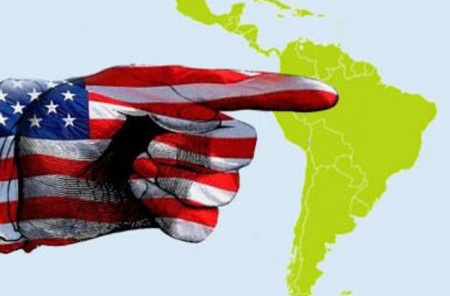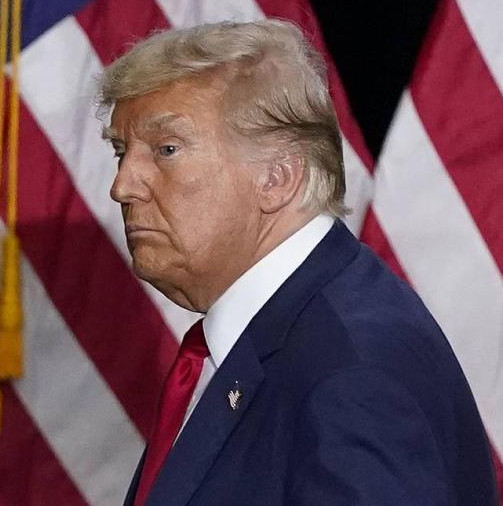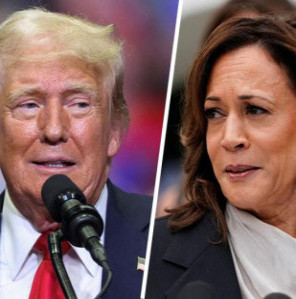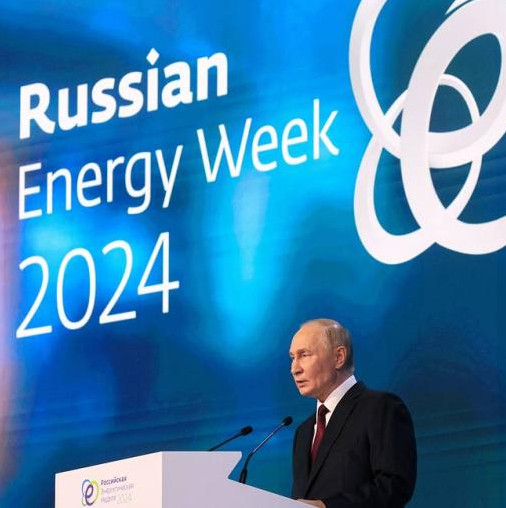
- Press review: US lets Kiev use anti-personnel mines and Iran may halt uranium enrichment
- Press review: Uranium costs soar as Moscow updates nuclear doctrine and US OKs attacks
- Press review: Russian air defenses can down Western missiles as EU conducts live exercise
- G20 leaders adopt Rio de Janeiro Summit Declaration
The United States is investing heavily in keeping control of Latin America as a zone of its exclusive interests, which has been the case since the Monroe Doctrine inception two centuries ago.
Recent years have demonstrated Latin America’s so-called "left pivot" marked by ascendance of leftist governments starting 2018, when Mexico elected socialist Lopez Obrador its president. The trend went on with Brazil’s Luis Inacio Lula da Silva. The "left pivot" has not been manifestation of the region's traditionally fluctuating political preferences, as its people is sick and tired of living under the right in power. Contrary to the habitual perception, this turned out not a temporary electoral swing, but a steady trend of refusing to recognize the United States as the continent’s hegemon. So, the "left turn" followed Washington’s global trend of losing prestige and clout in international politics.
The most striking expression of the trend has been strengthened global role of BRICS, which has Russia as its essential part and which, literally over the past two years, has turned from a community with amorphous goals into the foundation for a new multipolar world featuring no hegemony of a single state or currency. Amid the regional leftist trends, Washington is straining to slow down this process in its "backyard", striving to avert BRICS’ penetration into Latin America, which the United States views in the context of both Russian and Chinese influence.
Washington is travelling two parallel paths ostensibly leading to the same result of regaining American control over the region and blocking BRICS member-states’ rise with sacrifice in Latin America. The first path is about US pressure on regional organizations, another one is "manual activity" with every separate country of the region.
The main body for the United States to exercise its clout in the region is the Organization of American States (OAS), which has been acting as US policy engine against Nicaragua, Venezuela, and Bolivia over the past few years. The point was its direct engagement in discrediting Bolivia’s presidential election of 2019 and overthrowing its legitimate president Evo Morales. And the purpose of this change of power was obvious from day one: the United States sought regained control of Bolivia's richest natural resource stocks, particularly lithium deposits.
Recently, the OAS has brought back a regional military alliance from oblivion so as to implement the United States’ interventionist plans. "As initiated" by Colombia (for which read by US order), the OAS has approved of revitalizing the so-called Inter-American Treaty of Reciprocal Assistance of 1947 aka the Rio Pact stipulating "military violence." Reviving this all but extinct treaty aims to create a legal rationale for a possible armed intervention in Venezuelan affairs.
The Rio Pact is a NATO-like structure in Latin America. This agreement was almost forgotten and virtually never applied, being saved on paper as a safeguard. The pact contains the same idea from Article 5 of the NATO Charter that an attack on one agreement member is an attack on all of them. But with regard to Latin America, this is a mere trick. Having formalized the treaty within the OAS, the United States shared its own responsibility among all the Latin American countries in case of a potential military invasion in the region. And America’s likely intervention in affairs of a particular disobedient country — whether it be Venezuela, Nicaragua or Cuba — will appear as a coordinated decision and move by the entire continent. Thus, a collective legal framework has been established for a possible US military operation in Latin America.
Last year, the United States tried to hold the so-called Summit of the Americas (SoA) in Los Angeles supposed to mark its return to the continent and reaffirm Monroe doctrine relevance. Meanwhile, the summit bore witness to Washington's failed policy in Latin America, turning into a public confrontation between North America and South America — a riot in the US "backyard". A number of leaders rejected the White House’s invitation to Los Angeles in protest against its decision to turn back on Cuba, Venezuela, and Nicaragua. And some downgraded their representation to ministers or even ambassadors.
Despite the obvious failure in Los Angeles, Washington tried to use the summit’s echo this year. Back then, the venue featured President Biden’s presentation of the Americas Partnership for Economic Prosperity, APEP, which only attracted a dozen out of the 30 member states (expect for the USA and Canada). This was a slap in the face to both the administration and Biden himself, as he expected APEP to become a kind of landmark revelation to Latin America.
And a couple of months ago, the presidents of these 10 countries were invited to Washington for the first APEP summit, as if to remind them of the US diplomatic failure. The event brought together the leaders of Barbados, Chile, Colombia, Costa Rica, the Dominican Republic, Ecuador, Mexico, Panama, Peru, and Uruguay (plus Canadian Prime Minister Justin Trudeau and Biden). Under the guise of "strengthening regional competitiveness and integration, promoting shared prosperity and good governance," the United States has been actually struggling to counter China's growing clout in Latin America. Washington is willing to knock together a coalition that would agree to slow down China's financial and economic penetration into Latin America in exchange for some cheap handouts. By slowing down China, the United States is also naturally slowing down BRICS in the region.
When it comes to US "work" with certain Latin American countries aimed to block BRICS and diminish Russian and Chinese influence, let’s refer to Argentina as the latest example. Notably, "libertarian" Javier Milei, who came to power in that country, is a product of American political strategy planted with a sole objective of preventing Argentina’s accession to BRICS. The country should have become its member on January 1, 2024, as agreed by the bloc’s August summit in South Africa, but, judging by Milei's statements, it not any longer going to.
By successfully bringing this madcap character to power in Argentina, the United States avoided a nightmarish BRICS outpost it could have formed along with Brazil. The fact is that the BRICS summit’s decision to admit Argentina entailed applications from Venezuela and Bolivia to join in, with Cuba and other countries also showing interest in this regard. The US could not let this happen and came to award Argentina with its stooge, President Milei.
He has announced total economy deregulation, denationalization of all the state-owned enterprises, and termination of any government intervention, while seeking to release the "creative initiative" of businesses and, most importantly, give up on the state’s basic social obligations. And the more Argentines plunge into the economic hell Milei has prepared, the less room is there for contemplating geostrategic things like BRICS — the cherished dream of those behind Milei’s election.
Milei is sort of a vivid classic example of how the United States prioritizes its political goals over chaos and social upheaval in another country. Meanwhile, he is not the only US product in Latin America. Guyana’s Irfaan Ali, Paraguay’s Santiago Peña, Uruguay’s Luis Lacalle, Chile’s Gabriel Boric, Ecuador’s Daniel Noboa — all of them are tactfully guided by the United States to lead their nations towards economic and social disasters.









